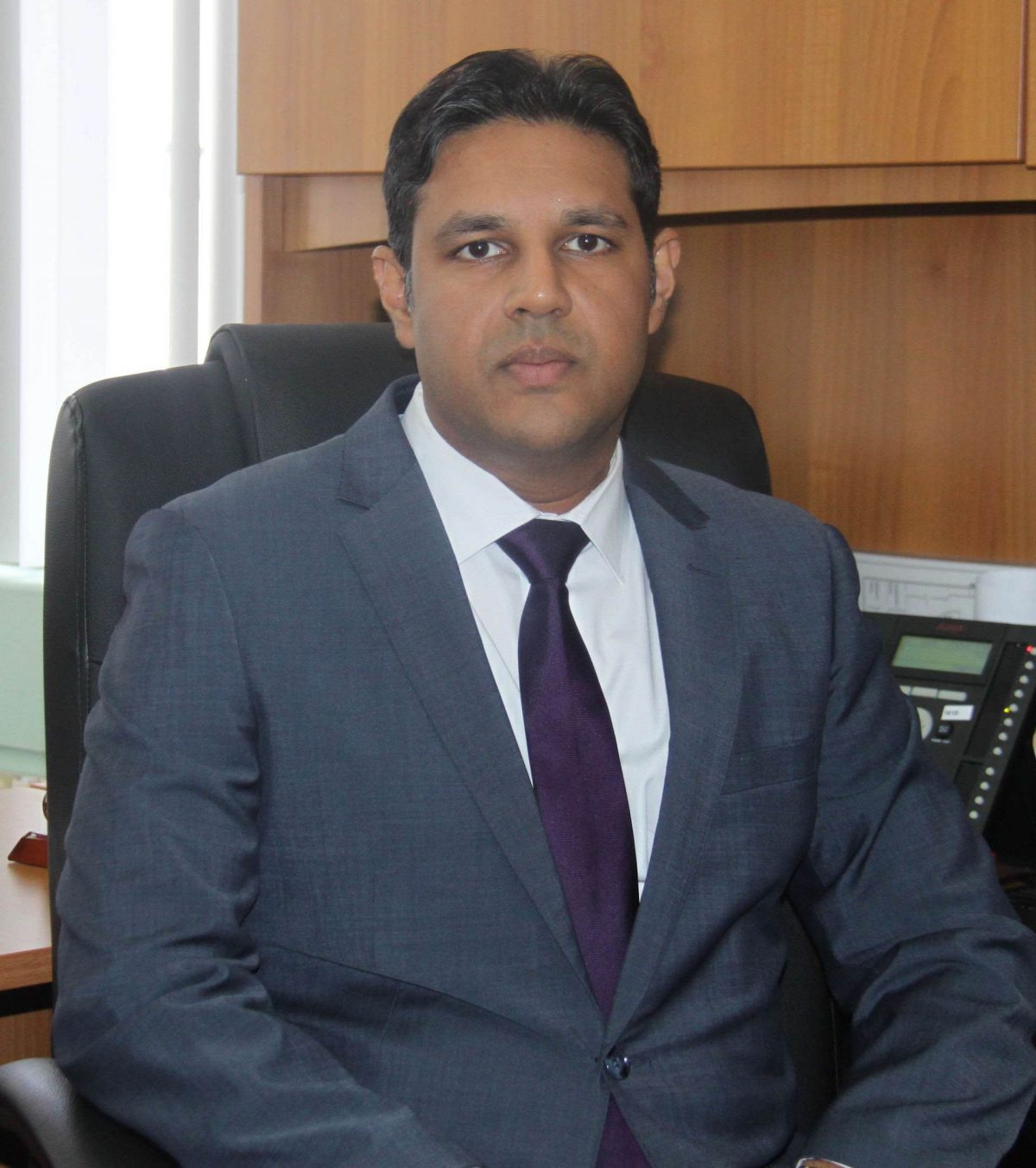(Trinidad Express) COVID-19 patients who ended up in the ICU and HDU may take as long as four months to fully recover from the COVID-19 virus, during which symptoms of impaired health such as fatigue and shortness of breath will continue.
This according to Chief Medical Officer Roshan Parasram who spoke at the nation’s virtual COVID-19 media conference on Wednesday. While some patients recover in as little as two to three weeks, others he said are left to endure the virus’ symptoms for a much longer time frame. This period, he called, “Long-COVID,” which he stated was a new term coined internationally to refer to the prolonged presence of the virus’ effects in some patients.
“In the early days of this disease we thought it was flu-like, similar to the influenza where you have recovery of individuals. We thought it was predominantly a lung related pathology but we have seen a thrombotic phenomenon that occurred. We have seen even in childhood In terms of the length of time there’s a new term that has been coined worldwide, “long-COVID ” in terms of the length of time it takes for someone to recover from COVID-19.”
“What we are seeing is that persons can do what we thought just like any other virus, recover in one to two weeks and go back to full function. What we are seeing is individuals taking as much as three to four months to actually recover if they recover their full function at all,” he said.
Those affected, he said, are marked by fatigue, difficulty in completing simple tasks and shortness of breath. While the concept he said remained new, he expects that as the virus continues to increase globally, new symptoms will be attached to long-COVID.
‘There are changes that occur in their respiratory system that lead to persistent shortness of breath, persistent difficulty with even doing simple tasks such as walking up a flight of stairs and for that reason we are also seeing persistent fatigue as being a hallmark of “long-COVID.” We expect to see as the research continues and the number of cases increases world-wide additional symptomatology as it relates to Long-COVID and the clinical cost of the disease will only be proven in time in the months and years to come,” he said.
In cases where patients had existing conditions such as a heart attack or stroke, or experienced “thromboembolic events,” (formation of blood clots) due to COVID-19, recovery will occur in a timeline consistent with those conditions. These patients will also experience symptoms in line with these conditions alongside “long-COVID.”
“It is something that is evolving and only as time progresses will we be able to know the symptoms of “Long-COVID” as we defined it. Shortness of breath and persistent fatigue is what we are seeing. Those that would have had thromboembolic events as a result of COVID or because they had pre-existing conditions which worsened, so for example you would have had a heart attack or stroke, of course the rehabilitation pathways will be along the lines of those particular illnesses again. So again you will get persistent weakness, shortness of breath and of course if you had a stroke the intricacies, left sided weakness or some persistent weakness you can have those specific areas of deficiencies going forward based on what happened as a result of COVID.” said Parasram.





